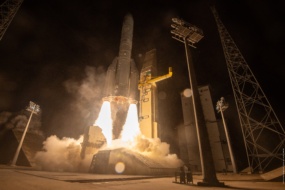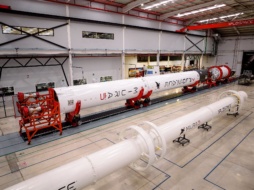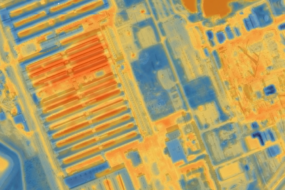All.Space, the UK company building terminals that can connect to multiple satcom networks, won a €3.42M ESA contract this week. The contract will help develop capabilities for the startup’s terminals to connect to 5G non-terrestrial networks (NTNs).
Under the contract, All.Space will work alongside Belgium-based NXGSAT, which is providing the software-defined modem tech to integrate with All.Space’s antennas and terminals.
Satcommon ground: The contract is part of ESA’s Advanced Research in Telecommunications Systems (ARTES) program. It highlights Europe’s push to expand its sovereign satcom capabilities. Part of that push is to ensure that European-owned satcom services operate on a standardized waveform.
Historically, satcom operators preferred to box out the competition by avoiding standardization, through selling their own user terminals that could only connect to their networks. However, with foreign competitors—namely, SpaceX Starlink and Amazon Kuiper—taking up more of the market, European satcom players are increasingly seeing the value of standardization.
“I think [satcom operators] are now realizing that they have to find a way to standardize to get the scale, to be able to work together, and to be able to compete,” John-Paul Szczepanik, All.Space’s CTO, told Payload. “We are having lots of conversations with the operators about their upcoming next-generation networks, and they are all starting to adopt the 5G NTN ecosystem.”
Obligatory IRIS2: Everything in the world of Europe’s satcom market is pushing toward the roll out of the IRIS2 network, which is expected to come online in 2030. This contract is yet another step in that direction.
The vision for IRIS2 is to deploy a 290-sat constellation in LEO and MEO to provide secure connectivity across the continent. It will also operate on 5G NTN waveforms. In the next few years before IRIS2 comes online, Szczepanik expects more satcom operators to adopt the 5G NTN waveform, making All.Space’s terminals the optimal hardware for users to stay connected.




